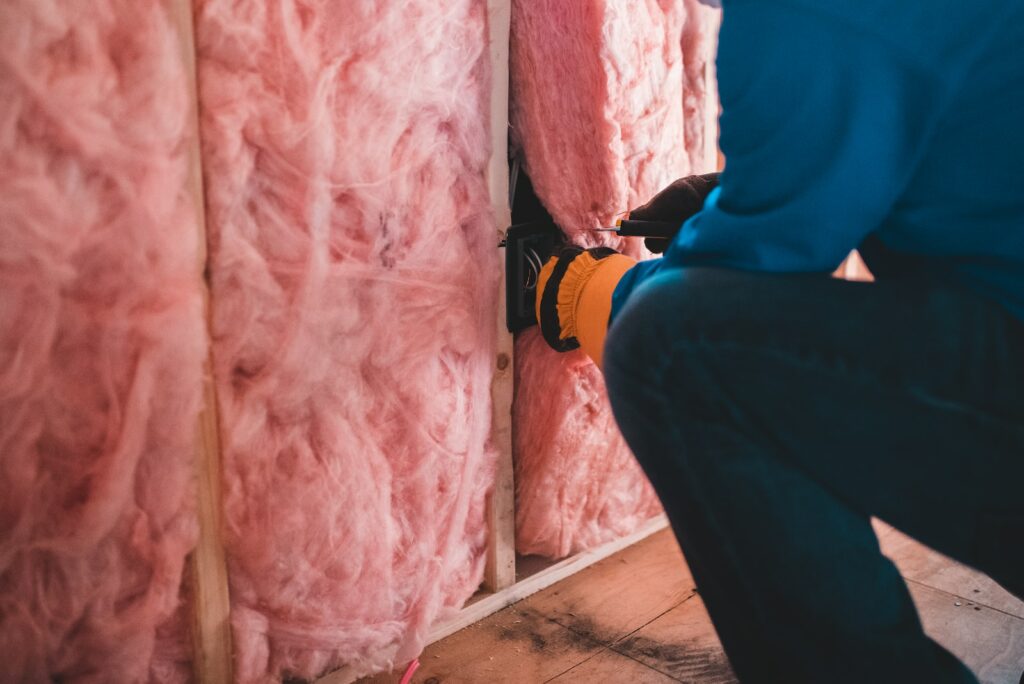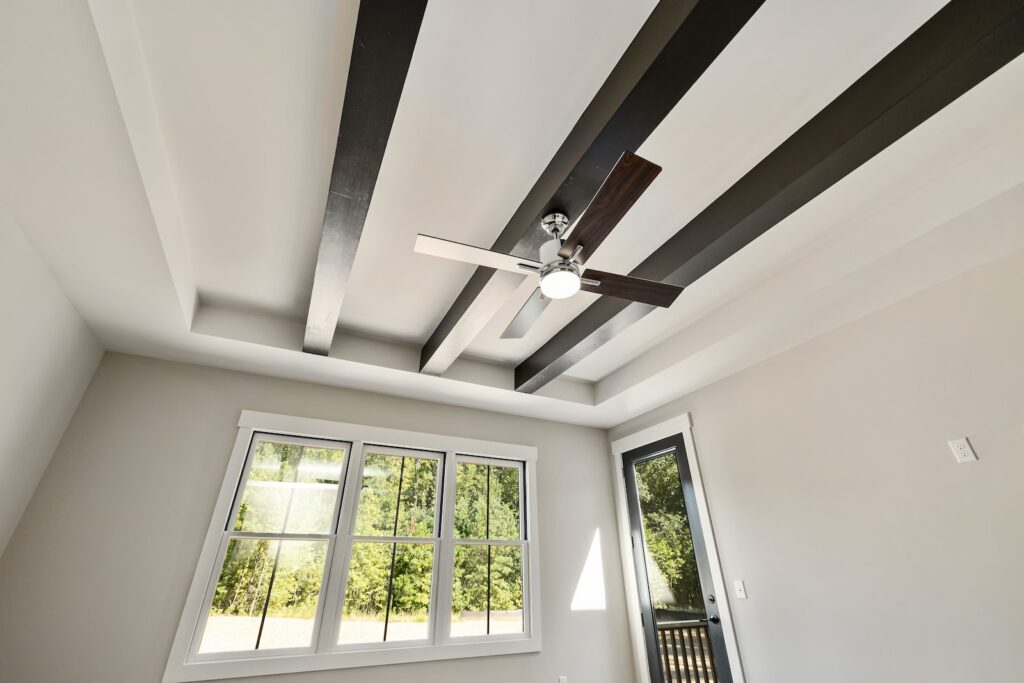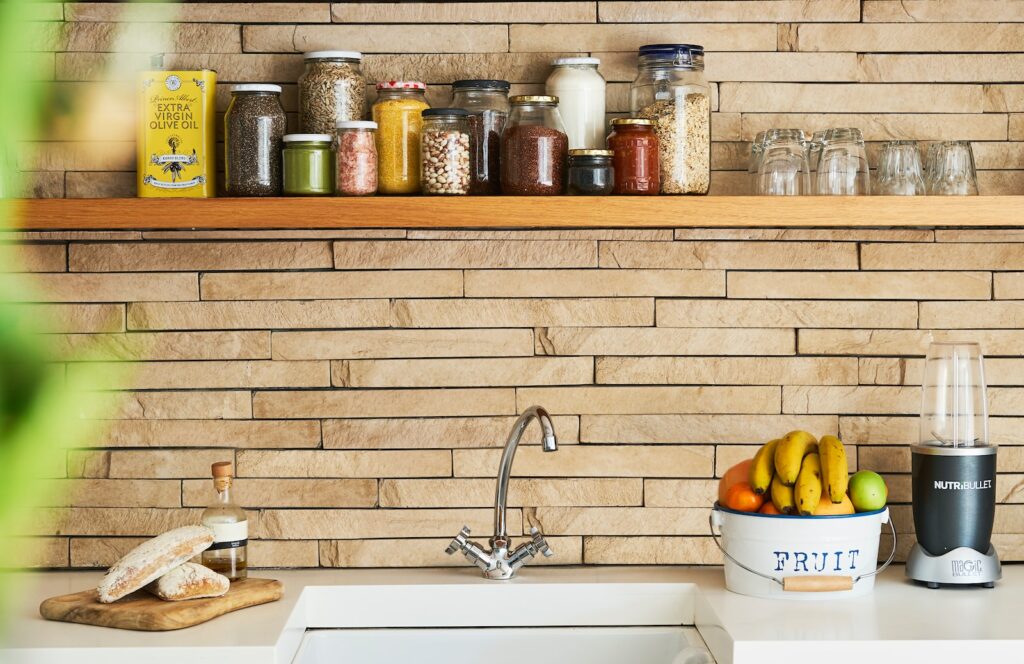Introduction
Having a good roof is essential for maintaining a comfortable indoor environment. It not only protects your home from the elements, but also provides thermal insulation and ventilation. That’s why it’s important to choose the right roofing material. Not only will it last longer, but it can also save you money on energy costs. In this DIY guide, we’ll take a look at the pros and cons of different roofing materials so you can make an informed decision. We’ll discuss why it’s important to consider these factors, as well as the time and expense associated with different materials.
Types of Roofing Materials
Choosing a roofing material depends on a number of factors, including the climate where you live, the size of your roof, and your budget. Common roofing materials include asphalt shingles, metal roofing, tile, slate, wood shakes, and synthetic materials. Each of these materials has its own advantages and disadvantages.
Asphalt Shingles
Asphalt shingles are one of the most popular types of roofing materials. They are lightweight and relatively inexpensive. They come in a variety of colors and styles, so you can find one that complements your home’s exterior. Furthermore, asphalt shingles are relatively easy to install. However, they don’t last as long as other materials. They are also more vulnerable to wind damage and are not as effective at blocking UV rays.
Metal Roofing
Metal roofing is becoming more popular in recent years. It is usually made of aluminum, steel, or copper. Metal roofing is extremely durable and can last up to 50 years. Furthermore, it is fire resistant and can reflect UV rays, helping reduce cooling costs in the summer. On the other hand, metal roofing is heavy and more expensive than other materials. It is also more difficult to install and is susceptible to denting and scratching.
Tile and Slate
Tile and slate are also popular roofing materials. They are durable, stylish, and long-lasting. Slate is even more durable than tile and can last up to 100 years. However, tile and slate are expensive and difficult to install. They are also heavy and can be slippery when wet.
Wood Shakes
Wood shakes are made from split logs and offer a natural look. They are also energy-efficient and can last up to 30 years. The downside is that wood shakes are expensive and require regular maintenance, including staining and sealing. Furthermore, they are not fire resistant and can be susceptible to rot if not properly cared for.
Synthetic Roofing
Synthetic roofing materials are made from rubber, plastic, or vinyl. They are lightweight, easy to install, and relatively inexpensive. They also come in a variety of colors and styles. However, they are not as durable as other materials and can be susceptible to UV damage. Furthermore, they are not as energy-efficient as tile or slate.
Cost and Time Considerations
When choosing a roofing material, it’s important to consider the cost and the time it will take to install it. Asphalt shingles are the least expensive and can be installed relatively quickly. Metal roofing is more expensive and will take longer to install. Tile and slate are even more expensive and can take several days to install. Wood shakes are also pricey and require regular maintenance. Synthetic roofing is the least expensive and can be installed quickly.
Precautions
When installing a new roof, it’s important to take safety precautions. Wear safety equipment, such as goggles, gloves, and a hard hat. Make sure the ladder is stable and securely fastened. Have someone nearby to spot you and ensure that you don’t exceed your physical capabilities. If you are not comfortable with the installation, it’s best to hire a professional.
Conclusion
Choosing the right roofing material is an important decision. Not only will it save you money in the long run, but it will also protect your home and make it more comfortable. In this DIY guide, we’ve discussed the pros and cons of different roofing materials, as well as the cost and time associated with each one. We’ve also discussed safety precautions that should be taken when installing a new roof. We hope this guide has been helpful in helping you make an informed decision about the best roofing material for your home.





















